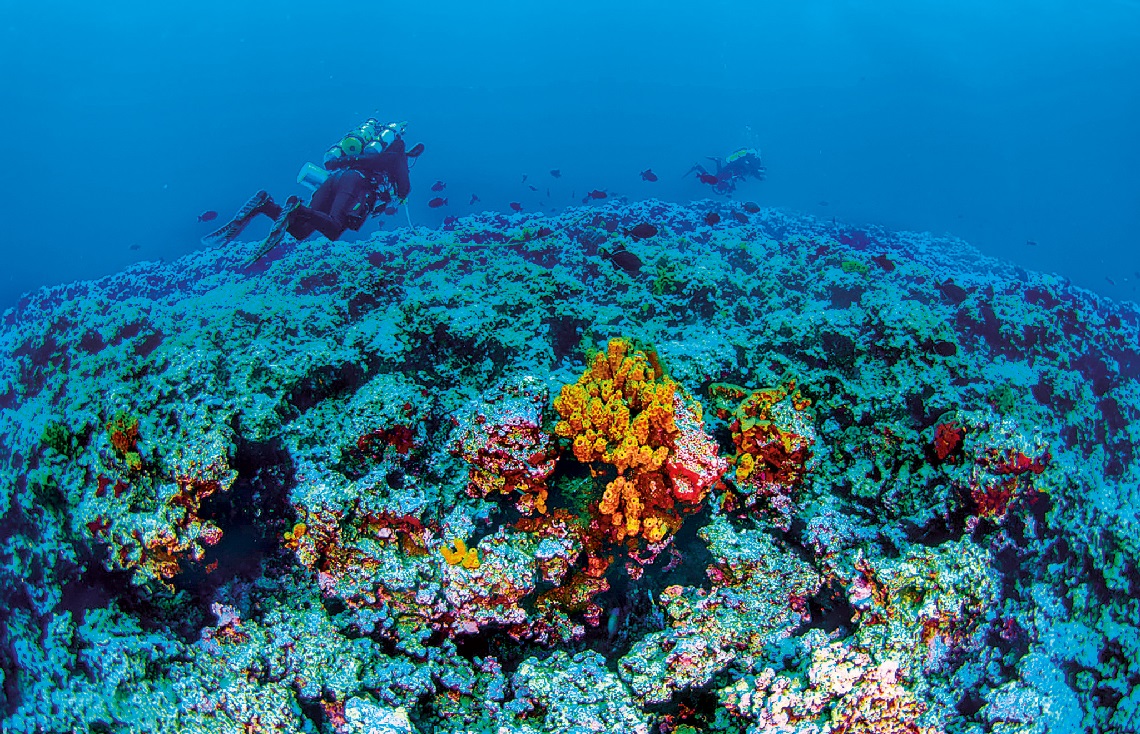Scientists from the University of São Paulo (USP) and the Federal University of Espírito Santo (UFES) have found a new type of reef in the middle of the thousand-kilometer Vitória-Trindade Seamount Chain, which runs perpendicular to the Brazilian coast. Dubbed the coral hills, the undulating reef rises up to 50 meters (m) from the sea floor, dotted with red, orange, and yellow as far as the eye can see. A great diversity of fish was found in the region. Nurse sharks (Ginglymostoma cirratum), an endangered species in Brazil, were 14 times more numerous in the coral hills than in the region around the island of Trindade at the end of the seamount chain, one of the few places off the Brazilian coast where they live in abundance. “In addition to its geographic isolation, which encourages the emergence of new species, the biological richness of these corals results from the abundance of nutrients brought by deep marine currents, which rise from depths of almost 4,000 meters when they hit the base of the hills,” says biologist Hudson Tercio Pinheiro of USP’s Marine Biology Center (CEBIMar). Pinheiro and the other researchers believe that when the current hits the reefs, it forms whirlpools that trap plankton—microscopic organisms suspended in the water that serve as food for small fish, which themselves serve as food for larger ones.
RepublishOceanography
A new kind of marine environment

The coral hills of Mount Davis in the Victoria-Trindade Seamount Chain, where fish diversity is high
Luiz A. Rocha